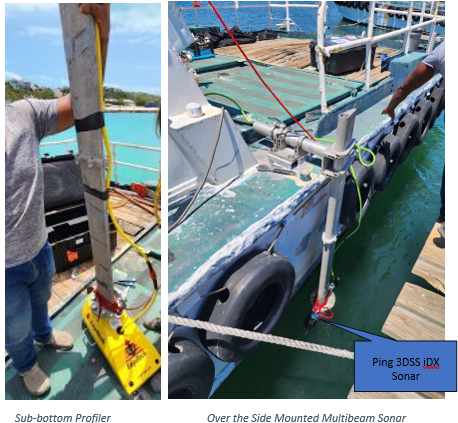Strategic Human Resource Management (SHRM) is a process used by organisations to manage employees and optimize their human capital in alignment with broader business objectives. The key to effective SHRM is aligning it with the strategic goals of an organisation, allowing the HR department and employees to contribute to the organisation achieving its short-term and long-term objectives.
The role of management and the HR Department in SHRM to meet the strategic goals of an organisation is:
- Talent acquisition and management: The HR department is tasked with finding and recruiting employees who align with the organisation and will contribute to its goals. The ability to attract and retain high-caliber employees who contribute to these objectives is a cornerstone of SHRM.
- Strategic HR planning: The includes identifying future leadership within the organization to ensure sustainable growth and succession plans.
- Training and development: Investing in continuous learning and upskilling of team members increases their efficiencies and productivity. This development of human capital translates into operational excellence and competitive advantage.
- Performance management: Clearly identifying Key Performance Indicators (KPIs) allows the organisation to align employees with business goals. This, along with performance-based incentives motivate employees to achieve and exceed targets that directly support strategic goals.
- Change management: Change within an organisation is inevitable. It is the role of the management team to ensure that resistance is minimal and properly addressed for the change to be implemented smoothly.
Role of human resources (employees) in SHRM:
- Employees must be agile and adaptable to changes in market conditions and in the company’s strategy.
- Collaboration among employees encourages innovation and improves productivity. Knowledge sharing amongst employees contributes to the company’s improved productivity and efficiencies.
HR Metrics and Data for Strategic Decision-Making
The strategic use of HR data and metrics are useful to guide strategic decision-making and measure the progress towards achieving organisational goals. These include:
- Data on the impact of HR initiatives on business outcomes
- Tracking of employees’ KPIs which helps to revise and improve approaches to ensure the goals of the organisation are met.
- Employee feedback which can be used to track how motivated employees feel and identify employees that may need assistance.
Strategic Human Resource Management is therefore critical in driving business success. The HR department plays a pivotal role in talent acquisition, performance management, and change facilitation, ensuring that human resources are aligned with strategic objectives. Equally, employees contribute to this success through adaptability, knowledge sharing, and continuous learning. To truly leverage SHRM for long-term success, organizations must integrate HR metrics and data into decision-making processes. By doing so, they ensure that their most valuable asset—human capital—is effectively optimized to meet and exceed business goals.







